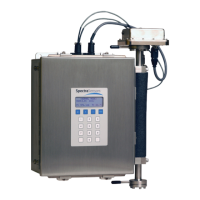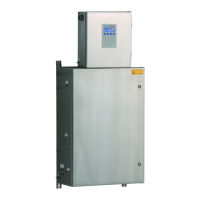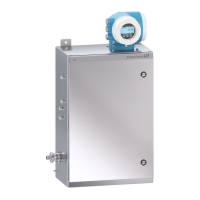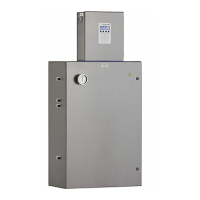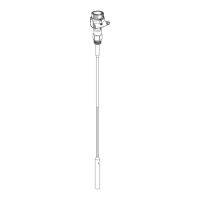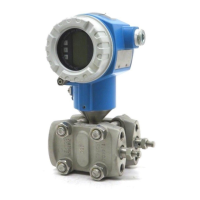Hardware Manual B–1
Appendix B: Troubleshooting &
Maintenance
This section presents recommendations and solutions to common problems,
such as gas leaks, contamination, excessive sampling gas temperatures and
pressures, and electrical noise. If your analyzer does not appear to be
hampered by one of these related problems, contact SpectraSensors service
department. Refer to “Service Contact” on page B-11.
Troubleshooting resolutions in this chapter are confined to hardware
operational issues only. For firmware related issues, refer to the Firmware
Operator’s Manual. This manual can be found on the document CD.
Potential Risks Affecting Personnel
This section addresses the appropriate actions to undertake when faced with
hazardous situations during or before service of the analyzer. It is not possible
to list all potential hazards within this document. The user is responsible for
identifying and mitigating any potential hazards present when servicing the
analyzer.
Mitigating risks
Refer to the instructions for each situation listed below to mitigate associated
risks.
Class 3B invisible laser radiation possible when open. Avoid
exposure to the beam. Never open the sample cell unless directed
to do so by a service representative and the analyzer power is
turned off.
The optical head has a seal and “WARNING” sticker to prevent
inadvertent tampering with the device. Do not attempt to
compromise the seal of the optical head assembly. Doing so will
result in loss of device sensitivity and inaccurate measurement
data. Repairs can then only be performed by the factory and are
not covered under warranty.
Technicians are expected to follow all safety protocols established
by the customer that are necessary for servicing the analyzer.
This may include, but is not limited to, lockout/tagout procedures,
toxic gas monitoring protocols, PPE (Personal Protection
Equipment) requirements, hot work permits and other
precautions that address safety concerns related to performing
service on process equipment located in hazardous areas.
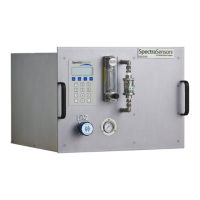
